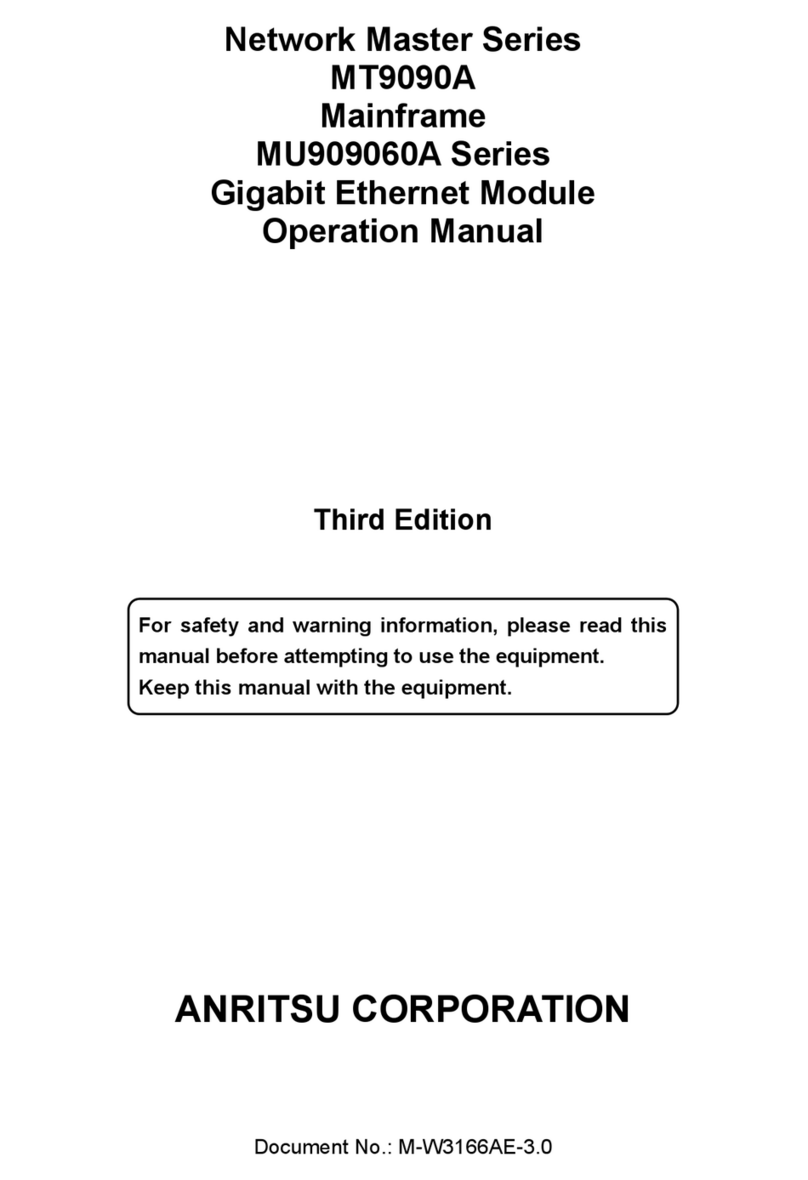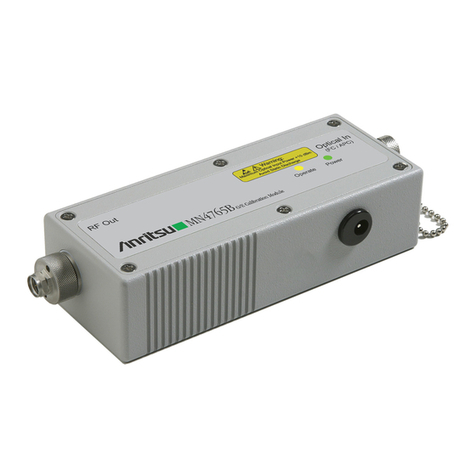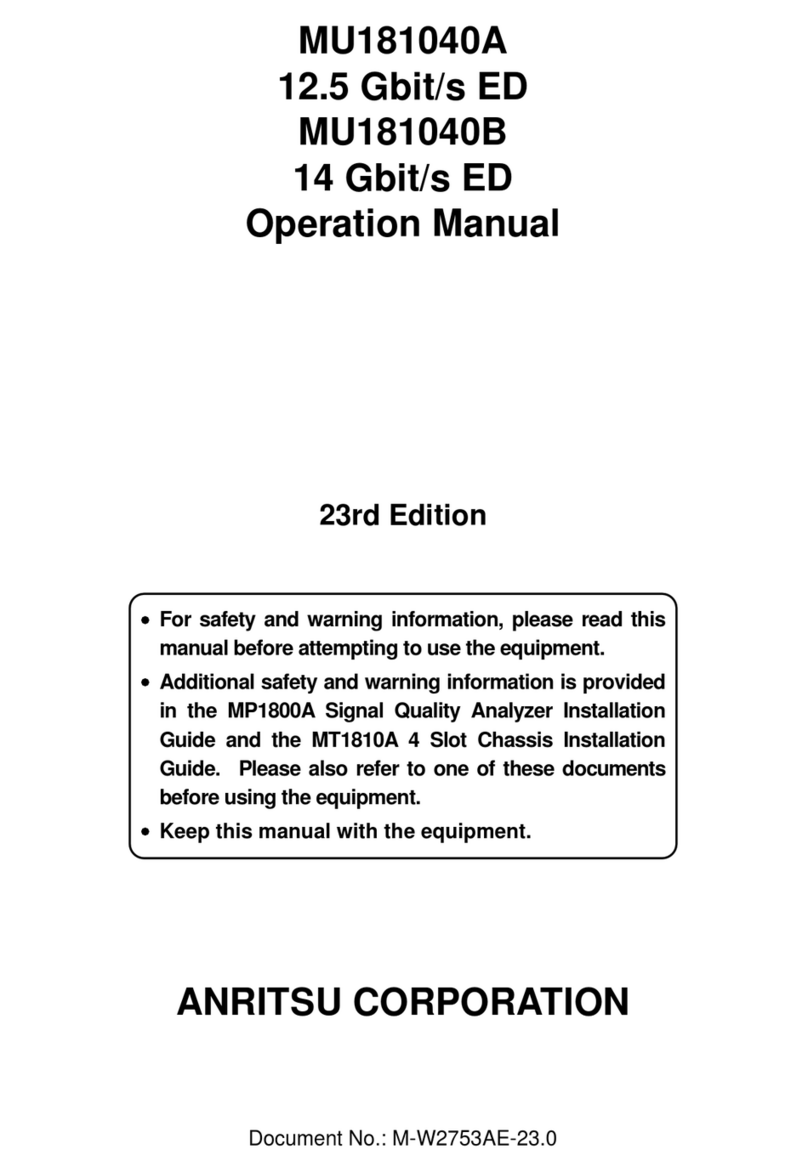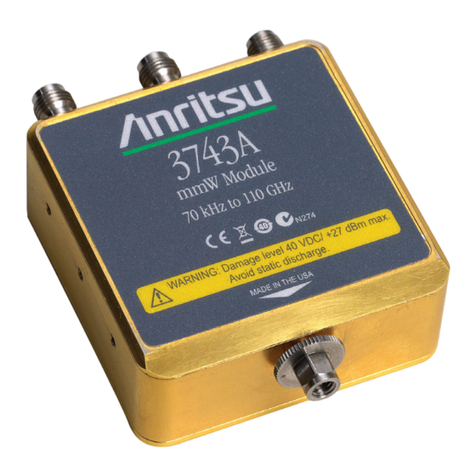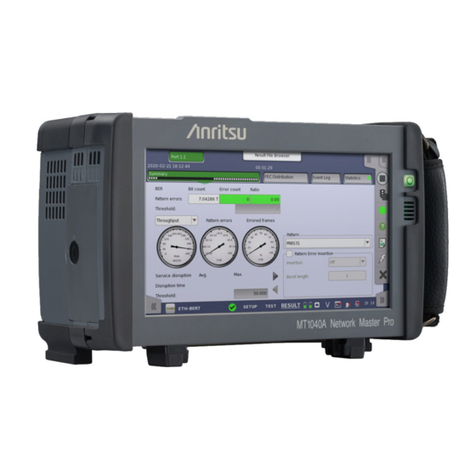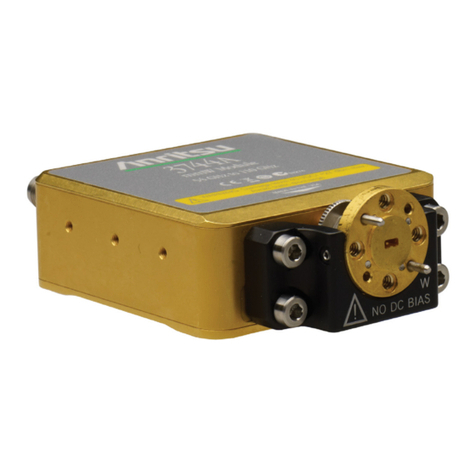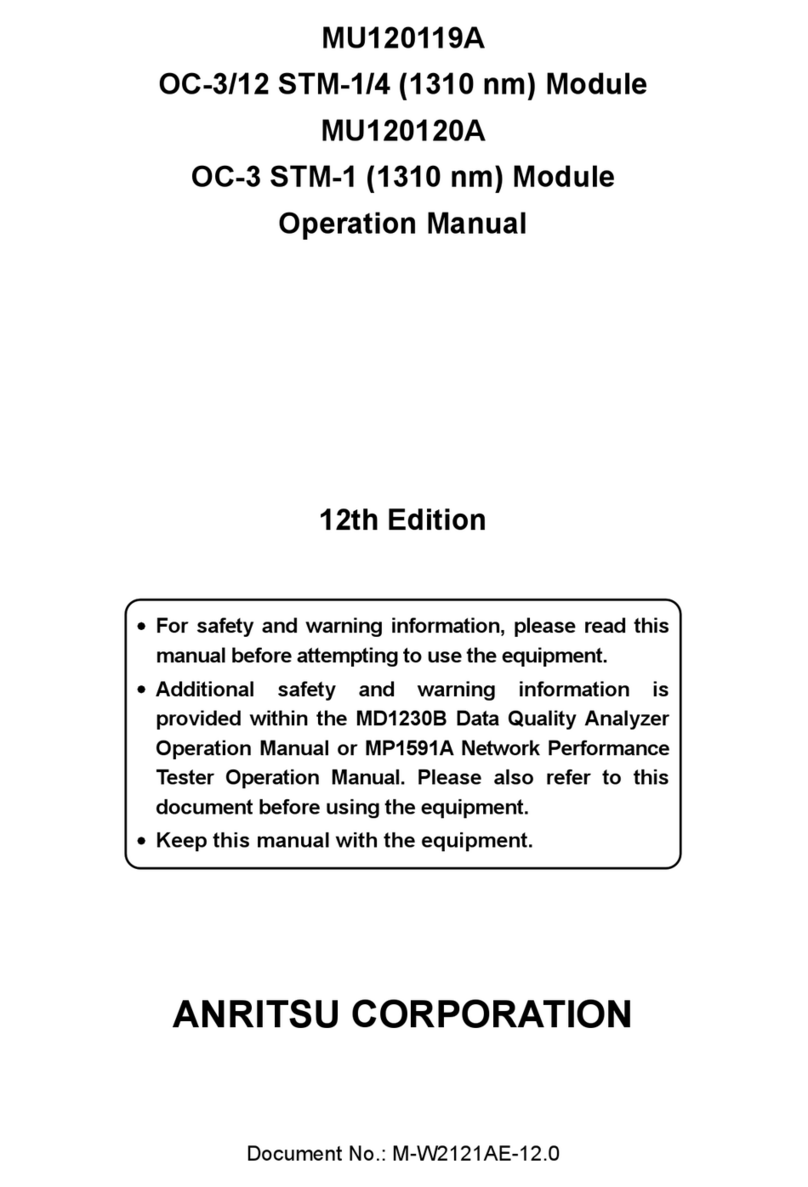
CONTENTS
2.3.8 SYSTem:GPS:TIME? ..................................... 38
2.3.9 SYSTem:GPS:LOCation? .................................. 38
2.3.10 SYSTem:GPS:POWEr .................................... 38
2.3.11 SYSTem:GPS:POWEr? .................................... 38
2.3.12 SYSTem:GPS:SYNCmode .................................. 38
2.3.13 SYSTem:GPS:SYNCmode? ................................. 39
2.3.14 SYSTem:GPS:ANTNpower .................................. 39
2.3.15 SYSTem:GPS:ANTNpower? ................................. 39
2.3.16 SYSTem:GPS:PWRElapsed? ................................. 39
2.3.17 SYSTem:GPS:LOCElapsed? ................................. 39
2.3.18 SYSTem:GPS:SYNElapsed? ................................. 39
2.3.19 SYSTem:COMMunicate:TERMinator ............................ 40
2.3.20 SYSTem:PROMpt ...................................... 40
2.3.21 SYSTem:LOCal:CONTrol .................................. 40
2.3.22 SYSTem:WAIT[:IDLE] .................................... 41
2.3.23 SYSTem:WAIT:DURation .................................. 41
2.4 SCPI Instrument Subsystem Commands ............................... 42
2.4.1 Connection to Application Server .............................. 42
2.4.2 Connection to multiple applications ............................. 42
2.4.3 Connection from multiple users ............................... 42
2.4.4 Force Termination of Application Server .......................... 42
2.4.5 INSTrument:STARt[:DEFault] ................................ 43
2.4.6 INSTrument:STARt:LAST .................................. 45
2.4.7 INSTrument:STARt:GUI ................................... 45
2.4.8 INSTrument:TERMinate ................................... 45
2.4.9 INSTrument:TERMinate:FORCe .............................. 45
2.4.10 INSTrument:COUNt? ..................................... 45
2.4.11 INSTrument:CATalog? .................................... 46
2.4.12 INSTrument:STATe? ..................................... 46
2.4.13 INSTrument:CONNect .................................... 46
2.4.14 INSTrument:CONNect:ALL ................................. 46
2.4.15 INSTrument:CONNect[:CATalog]? ............................. 47
2.4.16 INSTrument:DISConnect ................................... 47
2.4.17 INSTrument[:SELect] ..................................... 47
2.4.18 INSTrument:ERRor[:NEXT]? ................................ 48
2.4.19 INSTrument:PORT? ..................................... 48
2.4.20 INSTrument:PORT:FREE? ................................. 48
2.4.21 INSTrument:PORT:CATalog? ................................ 48
2.4.22 INSTrument:MODule:CATalog? ............................... 48
2.4.23 INSTrument:CTRL:NAME? ................................. 49
2.4.24 INSTrument:CTRL:SN? ................................... 49
2.4.25 INSTrument:CTRL:TRT? .................................. 49
2.4.26 INSTrument:CTRL:OPTion:CATalog? ........................... 49
2.4.27 INSTrument:MODule<Md>:NAME? ............................ 49
2.4.28 INSTrument:MODule<Md>:SN? .............................. 49
2.4.29 INSTrument:MODule<Md>:TRT? ............................. 50
2.4.30 INSTrument:MODule<Md>:OPTion:CATalog? ...................... 50
2.5 SCPI Status Subsystem Commands .................................. 51
2.5.1 STATus:OPERation[:EVENt]? ................................ 51
2.5.2 STATus:OPERation:CONDition? .............................. 51
2.5.3 STATus:OPERation:ENABle ................................ 51
2.5.4 STATus:OPERation:PTRansition .............................. 52
2.5.5 STATus:OPERation:NTRansition .............................. 52
2.5.6 STATus:QUEStionable[:EVENt]? .............................. 52
2.5.7 STATus:QUEStionable:CONDition? ............................. 53
2.5.8 STATus:QUEStionable:ENABle ............................... 53
2.5.9 STATus:QUEStionable:PTRansition ............................ 53
2.5.10 STATus:QUEStionable:NTRansition ............................ 54
2.5.11 STATus:PORT[:EVENt]? ................................... 54
5
